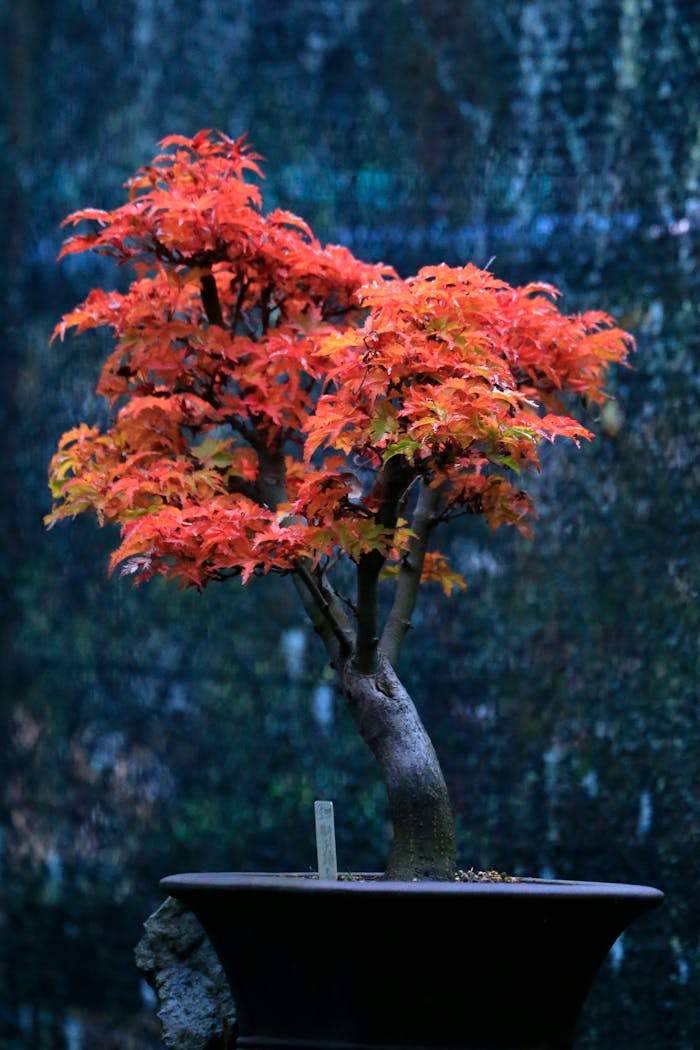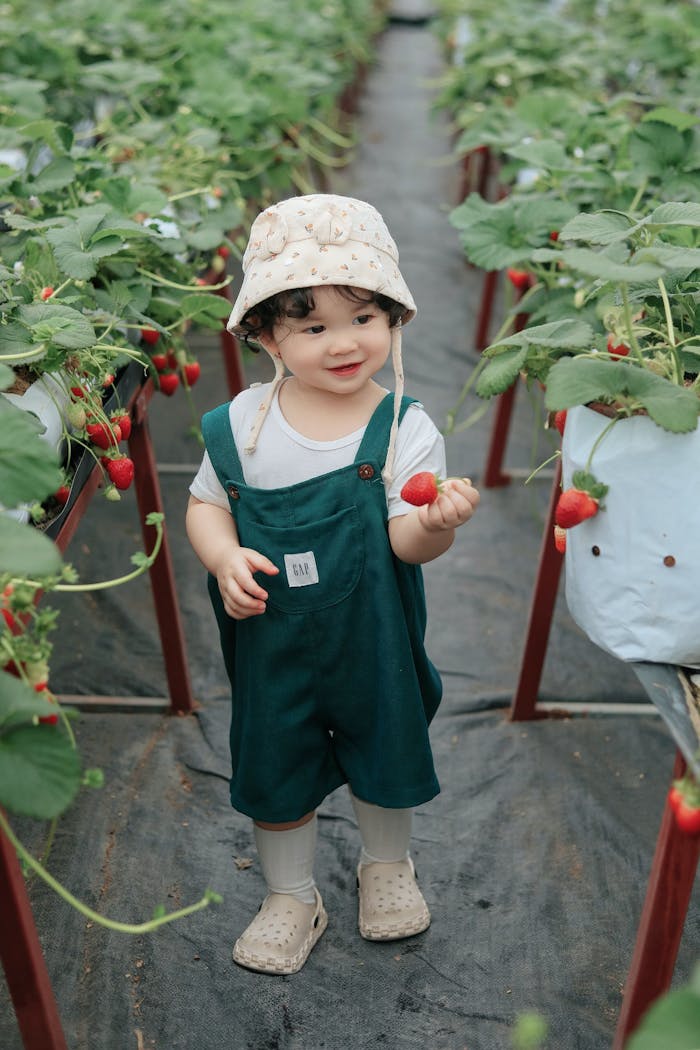|
IN BRIEF
|
When creating a stunning garden bed, the secret often lies in the artful combination of flower colors. Color is not just a visual element; it has the power to transform your outdoor space into a vibrant haven that evokes emotions and captivates the senses. Picture a lush tapestry woven from the primary hues of reds, yellows, and blues, harmoniously blended with their secondary counterparts to form dazzling gradients that dance in the sunlight. A color wheel can serve as your trusty compass, guiding you through the intricate landscape of shades and tones. By understanding the synergy of colors, you’ll unlock the potential to create breathtaking arrangements that not only please the eye but also forge a lasting connection between nature and the beholder.
Understanding Color Harmony in Your Garden
Achieving stunning color combinations in your flower beds requires a deep understanding of color harmony. This intricate art balances different hues to create an inviting and aesthetically pleasing atmosphere for your outdoor space. Whether you are a novice gardener or a seasoned pro, recognizing the fundamentals of color theory can elevate your gardening experience, transforming your garden from ordinary to extraordinary.
The Color Wheel as Your Guide
The color wheel serves as a fundamental tool in the world of gardening. It represents the relationships between colors, providing guidance when selecting your flower palette. Familiarizing yourself with the wheel will not only assist in choosing complementary colors, which are situated opposite each other, but also help you identify analogous colors that are next to one another. This knowledge allows you to achieve a harmonious blend that captivates the eye.
Choosing Complementary Colors
Complementary color combinations are an excellent way to create vibrancy in your garden. For example, the pairing of yellow and purple or red and green draws the eye and creates focal points. When planting, consider the balance between these pairs to avoid overwhelming the senses. A well-distributed arrangement of complementary colors not only brightens the space but also encourages interaction, inviting guests to pause and appreciate the intricate details.
Employing Analogous Colors
On the other hand, analogous colors provide a subtle and soothing visual effect. These hues, which are adjacent to each other on the color wheel—like red, red-orange, and orange—create a serene atmosphere. When utilizing this palette, allow the colors to blend seamlessly, which can be particularly effective along borders or in containers. The motion of the flowers swaying in the breeze paired with this gentle harmony can evoke tranquility and relaxation in any garden.
Incorporating Primary and Secondary Colors
To achieve dynamic flower beds, it is essential to consider both primary colors (red, blue, yellow) and secondary colors (green, orange, purple). By mixing these colors, you can create an astonishing range of shades. The mixing possibilities are boundless, providing a unique opportunity to develop a personalized color palette that reflects your style.
Using Primary Colors
Primary colors serve as the building blocks of your floral arrangements. Using these base colors effectively can yield vibrant garden designs. For instance, a combination of rich red blooms like geraniums, coupled with sunny yellow daisies, introduces warmth and energy. Incorporating blue flowers, such as lobelias, adds depth, creating a visually enriching experience.
Crafting Secondary Colors
Secondary colors emerge when two primary colors blend, providing an opportunity to express creativity. A garden that features both purple irises and orange marigolds can create a lively and adventurous atmosphere. Remember that texture plays an essential role in revealing the nuances of these mixed colors, so consider the variety of flower shapes and sizes for a compelling display.
Building Your Color Palette
To effectively combine flower colors, establishing a cohesive color palette is essential. Begin by selecting a primary color from the cool spectrum (blue, green, and violet) for a calming effect, or choose a warm color (red, orange, and yellow) for an energetic garden space. The defined palette will simplify your selection process and enhance visual interest.
Creating a Monochromatic Scheme
A monochromatic color scheme focuses on variations within a single hue, offering a sophisticated approach to color combination. For instance, a range of lavender shades can highlight the beauty of a purple-themed garden. Experimenting with differing tones—from deep plum to soft lilac—adds depth while maintaining a unified theme.
Establishing Color Repetition
To unify your design, repetition is key. Using the same colors consistently throughout your flower beds will guide the eye and create a flow within the landscape. Consider repeating your chosen hues in different flower varieties, hardscaping, or garden decor. Such coordination fosters an integrated look while allowing individual pieces to shine.
Emphasizing Seasonal Variation
As you plan your garden color combinations, consider how the seasonal aspects of light and time of day will affect your color choices. Different flowers exhibit various hues based on the ambient light, providing an opportunity to adjust colors to achieve your desired effect. White flowers or silver foliage can be stunning additions, particularly if you anticipate evening enjoyment in the garden.
Exploiting Light Conditions
Observation of how light interacts with colors throughout the day is crucial in the arrangement of your flowers. Bright colors such as gold, yellow, chartreuse, and white can enhance your garden’s vibrancy in full sunlight, while softer hues will emerge beautifully during twilight or on overcast days. Balancing light and color effectively creates an enchanting ambiance.
Highlighting Colorful Planting Recipes
Integrating planting recipes within your garden enhances both style and functionality. Consider the false sunflower, perfect for the back of the garden bed. With its radiant yellow petals reaching heights of three to six feet, it offers a burst of sunshine while complementing a soothing backdrop of cooler colors. This flowering plant can coexist beautifully with bee balm, which provides a delightful symphony of colors and attracts pollinators.
Recycling Dynamic Combinations
This approach harkens back to the interplay of energies in your selection process. Mixing cheerful and lively flowers such as bee balm—which comes in hues of pink, lilac, and cream—with striking colors like red monarda results in a lively atmosphere brimming with joy. Ensure that you take note of how to incorporate plants that thrive under specific conditions or climates to maximize your success.
Utilizing Online Resources
To deepen your understanding of color combinations and expand your gardening repertoire, exploring online resources is highly beneficial. For instance, information on flowers that thrive on a sunny balcony, how to create a beautiful small urban garden, and plants enhancing the microclimate for your vegetable garden can provide insights into selecting the right flora for your garden’s unique conditions and personal taste.
Creating Defined Outdoor Spaces
Additionally, you might find helpful guidance on using plants to create defined outdoor spaces and plants suitable for hydroponic culture. These resources can aid in narrowing down your choices, ensuring each flower contributes fittingly to your overall vision.
Final Thoughts on Color Combination Techniques
Ultimately, experimenting with floral color combinations is a delightful endeavor that allows for self-expression and creativity. By understanding the principles of color harmony, employing the color wheel, and embracing the significance of light and seasonality, a brilliantly colorful garden can emerge, one that is not only visually stunning but also evokes emotion and a deep appreciation for nature’s splendor.
Understanding the Color Wheel
To effectively combine flower colors in your garden bed, it’s essential to understand the color wheel. Utilizing this tool provides a visual reference that can guide your selections, ensuring harmony among different hues. For instance, pairing complementary colors—those found opposite each other on the wheel—like blue and orange or yellow and purple can create dynamic visual contrasts in your garden. This approach not only enhances aesthetic appeal but also helps to draw attention to specific areas within the landscape.
Moreover, consider experimenting with monochromatic schemes. By combining various shades of a single color, you can produce a sophisticated and tranquil effect. For a garden that evokes feelings of peace and relaxation, choose cool-toned flowers such as lavender and soft blues. This kind of color harmony encourages visitors to linger and savor the tranquil atmosphere.
Creating Seasonal Interest
Another vital aspect of effective color combinations is to consider the seasonal transitions of your blooms. Incorporating flowers that thrive at different times of the year can maintain visual interest and vibrancy. For example, planting early spring tulips alongside summer sunflowers can create an attractive succession of colors as one fades and another flourishes.
As acclaimed garden designer Piet Oudolf once said, “The garden should be a place of paradox and surprise.” The strategic combination of color and timely blooms can lead to delightful discoveries throughout the growing season. By incorporating a thoughtful design that embraces these principles, you will achieve a stunning garden that captivates the senses all year long.
Creating a vibrant and aesthetically pleasing garden bed hinges on understanding how to effectively combine flower colors. By utilizing the color wheel as a guide, gardeners can explore complementary and analogous color schemes to elevate their floral displays. Incorporating a mix of warm and cool colors can impart distinct moods, while considering the light conditions throughout the day adds another layer of depth to your design. Experimenting with repetition of colors across different areas of your garden enhances visual unity. Ultimately, the key lies in blending creativity with an understanding of color harmony, ensuring that your garden not only delights the eye but also uplifts the spirit with its stunning floral combinations.
FAQ: How to Effectively Combine Flower Colors in Your Garden Bed
Q: What is color harmony in gardening?
Color harmony refers to the art of selecting and combining various flower colors to create a visually pleasing arrangement in your garden bed.
Q: How can I use the color wheel to choose my flowers?
The color wheel is an essential tool for mixing colors. It helps identify complementary colors, which are located opposite one another and create a vibrant effect when paired.
Q: What are some winning color combinations for flower beds?
Primary colors like red, yellow, and blue can be blended or adjusted to create a wide array of secondary colors, allowing you to customize your palette for a unique effect.
Q: What is a monochromatic color scheme in gardening?
A monochromatic color scheme involves using varying shades of a single color. This creates a cohesive and visually appealing look without overwhelming the observer.
Q: How can I create a soothing atmosphere in my garden?
For a calming garden, opt for cool colors like blue, purple, and green. These hues contribute to a tranquil environment, ideal for relaxation.
Q: What happens if I mix warm and cool colors?
Combining warm colors, such as red and orange, with cool colors can create an energizing visual contrast, adding dynamic interest to your flower bed.
Q: How can lighting influence the colors in my garden?
Observing how light interacts with colors at different times of the day can help you choose flowers that maintain their vibrancy and appeal in various lighting conditions.
Q: Are there flowers that work well in nighttime gardens?
Yes, incorporating white flowers and silvery foliage is excellent for gardens that will be enjoyed in the evening, as they stand out in low light.
Q: How important is repetition in garden design?
Repetition of colors throughout your garden helps to unify and guide the eye, making the overall design more cohesive and harmonious.

